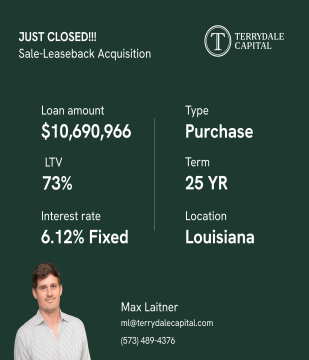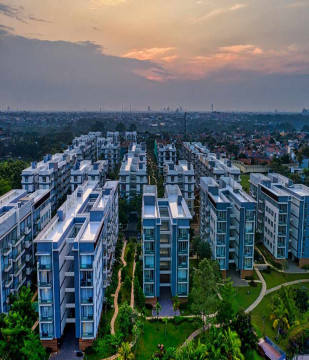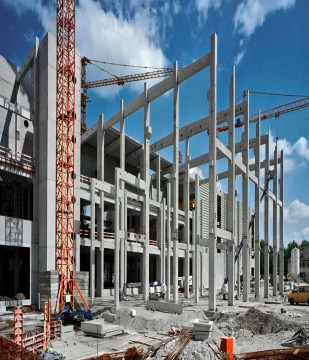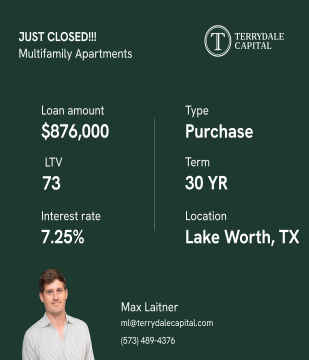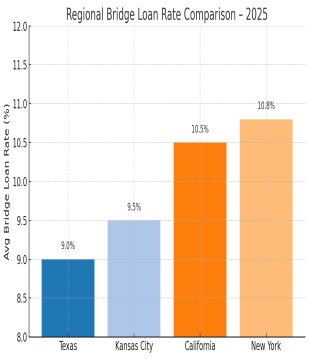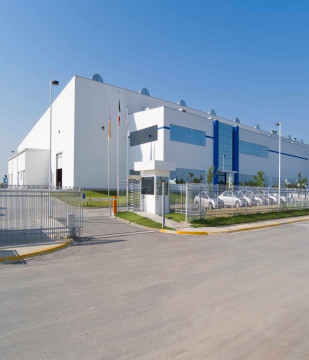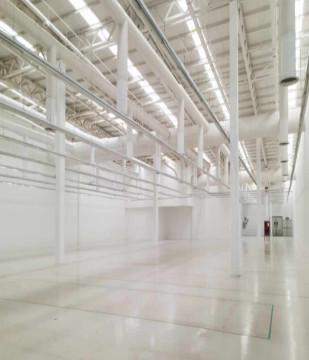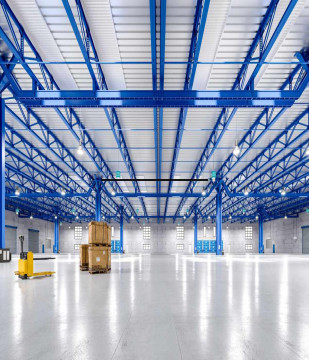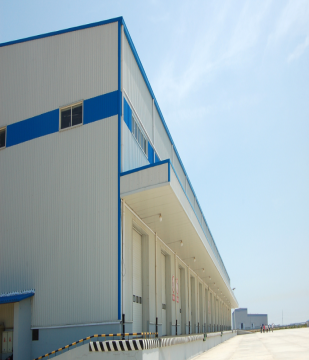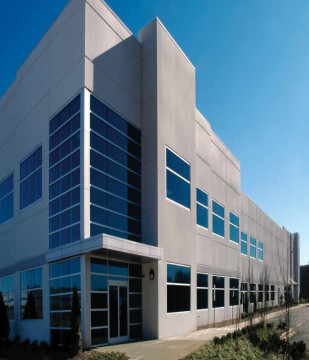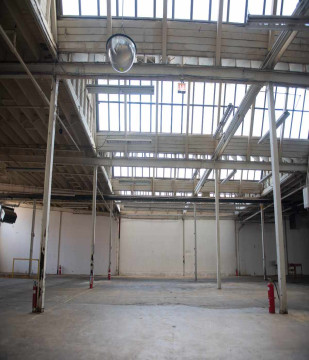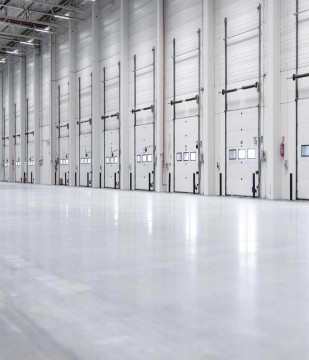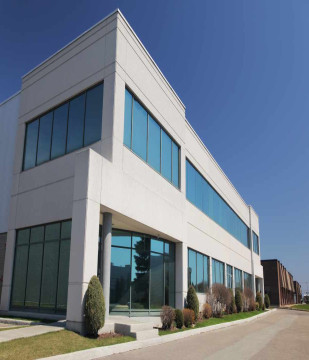Rising Demand For Affordable Housing Yields Opportunity

Terrydale Capital
Feb 22, 2024 7 Min read
 Learn
Learn
High housing prices and record high interest rates corralled many home-owning hopefuls into the rental market. However, rental prices subsequently skyrocketed in 2023 and continue to remain high for renters in the market. Therefore, demand for more affordable housing options has, in turn, risen as renters continue to be edged out price-wise. Experts anticipate the demand for affordable housing will only continue to grow.
Understanding Affordable Housing:
Affordable housing refers to residential properties that are priced at a level that is affordable to individuals or families with moderate or low incomes. The primary goal of affordable housing initiatives is to provide safe, decent, and affordable living spaces for those who may otherwise struggle to secure suitable housing options. While the concept seems straightforward, determining what qualifies as affordable housing can be complex.
Factors Influencing Affordability:
Several factors influence the affordability of housing, including:
- Income Levels: Affordability is often measured as a percentage of a household's income. Housing costs should ideally consume no more than 30% of a household's income to be considered affordable.
- Location: Housing affordability varies greatly depending on the region, city, and even neighborhood. Urban areas typically have higher housing costs compared to rural areas.
- Supply and Demand: Housing supply and demand dynamics directly impact affordability. In areas with high demand and limited supply, housing prices tend to rise, making it less affordable.
- Government Policies and Programs: Governments often implement policies and programs to promote affordable housing, such as subsidies, tax incentives, and zoning regulations.
Classification of Affordable Housing:
In commercial real estate, affordable housing is often classified into different categories based on various criteria. These classifications help developers, investors, and policymakers understand the specific needs of different demographic groups and tailor their strategies accordingly. Some common classifications include:
- Low-Income Housing: This category typically serves individuals or families with incomes below the area median income (AMI). Low-income housing projects often receive government subsidies or tax credits to make them financially feasible for developers.
- Workforce Housing: Workforce housing targets moderate-income individuals, such as teachers, nurses, and service workers, who may struggle to afford market-rate housing in high-cost areas.
- Senior Housing: Affordable housing for seniors caters to the needs of elderly individuals with limited incomes. These developments may offer amenities and services tailored to the unique requirements of seniors, such as accessibility features and healthcare facilities.
- Transitional Housing: Transitional housing provides temporary shelter and support services to individuals experiencing homelessness or facing another housing crisis. These facilities aim to help residents stabilize their lives and transition to permanent housing.
Signs From The Market
As inflation, interest rates and housing prices remain high, edging out many home buyers from the market, these individuals resort to the rental market. However, the rental market has not fared much better with rental prices at all time highs across the nation. With people stuck between a rock and a hard place when it comes to cost of living, many have turned their eyes to more affordable housing options.
2023 saw a staggering record of 565,200 units be developed with 2024 estimated to break that record with 670,071 units scheduled to be developed. Despite the record numbers of developed multifamily units, there remains a significant deficit in affordable housing options. With this substantial deficit, there is a significant urgency behind developing affordable housing options.
With the urgent need for development and some activity to push development forward, commercial real estate investors can find ample opportunity in this alternative investment asset. Compared to traditional multifamily investments, affordable housing boasts the benefits of long-term stability, government support, lower competition and resilience during economic downturn.
In Conclusion
As demand remains high due to current housing market conditions and high rental prices, affordable housing will boast high chances of opportunity for investors. Not only does it present opportunity, but investing in affordable housing offers not only financial returns but also the opportunity to contribute to the well-being of communities and individuals in need.
At Terrydale Capital, we are actively quoting a variety of affordable housing deals while helping our clients find success in their commercial real estate investments. When you need the right team beside you for your investing needs, contact us today!
Partner With Terrydale Capital for Your Debt Financing Needs
When it comes to debt financing, understanding the right timing, process, and options is crucial. At Terrydale Capital, we provide a comprehensive range of commercial loan solutions tailored to meet your business's unique needs.










